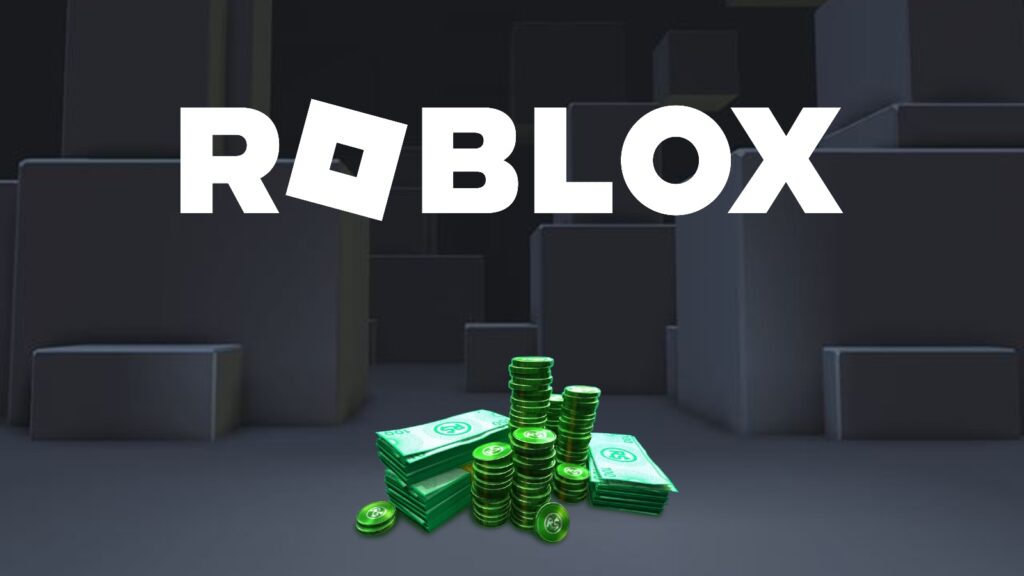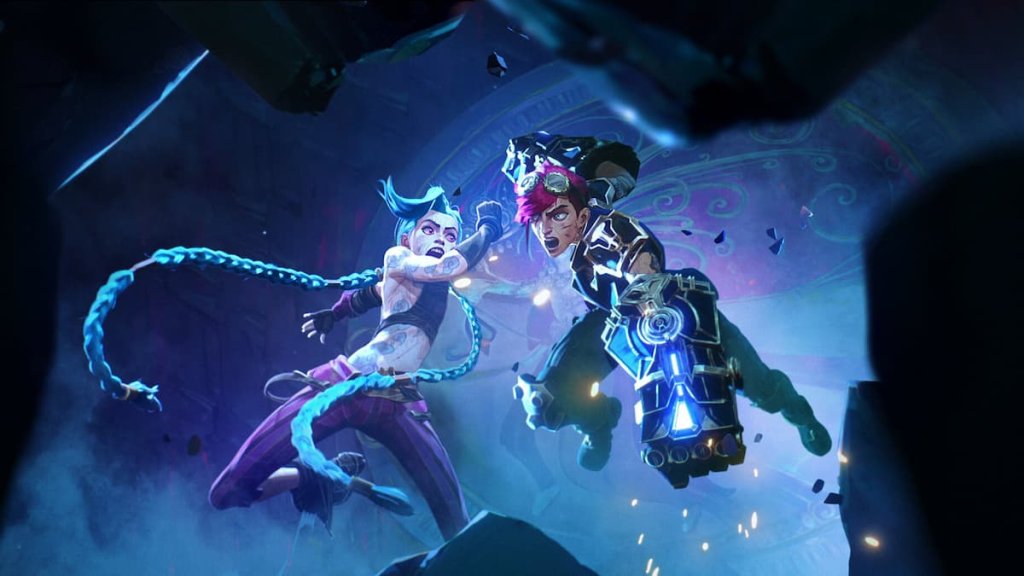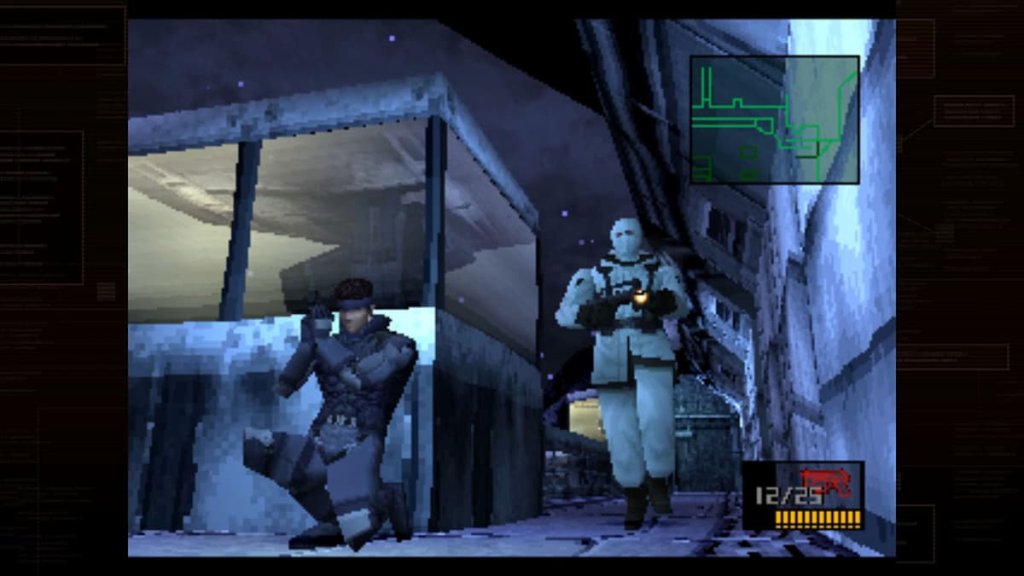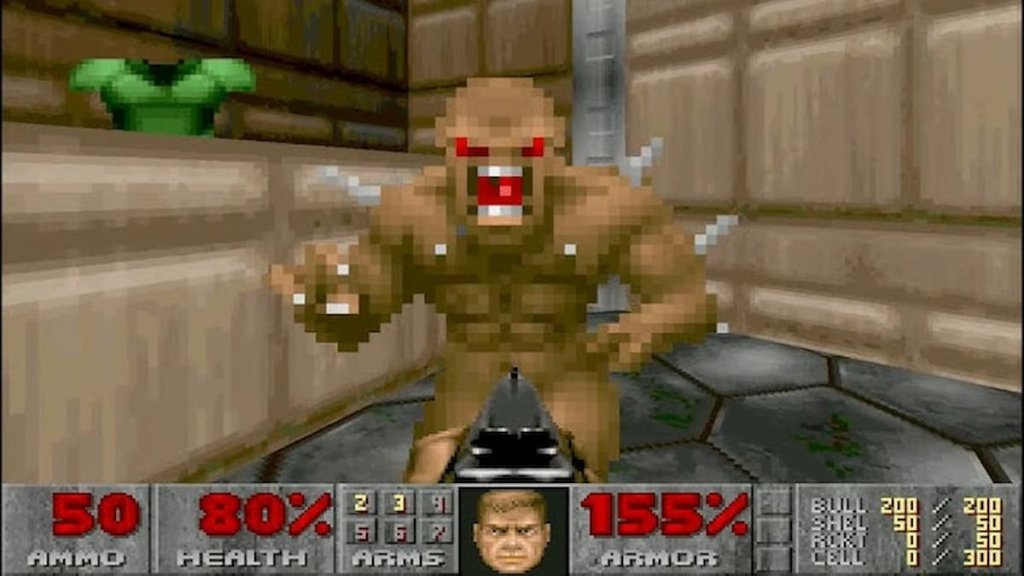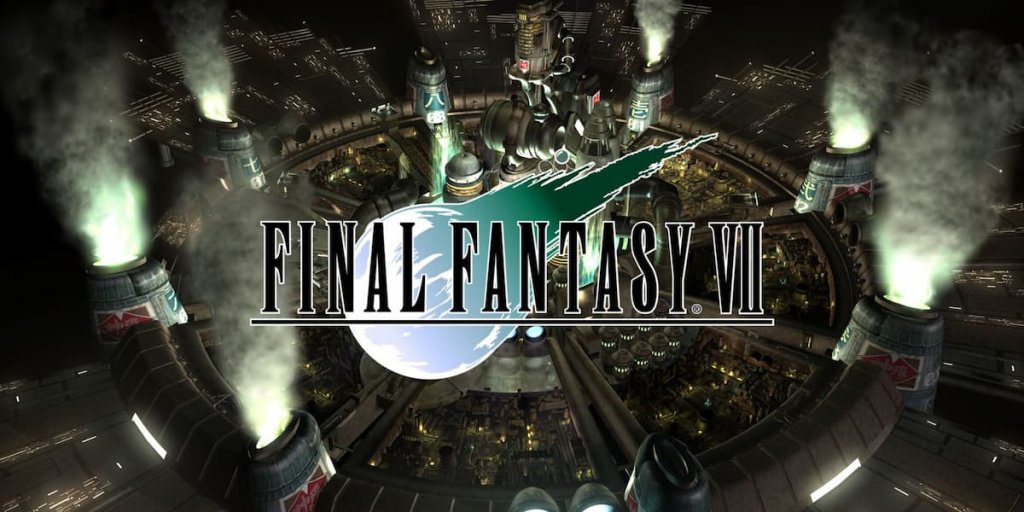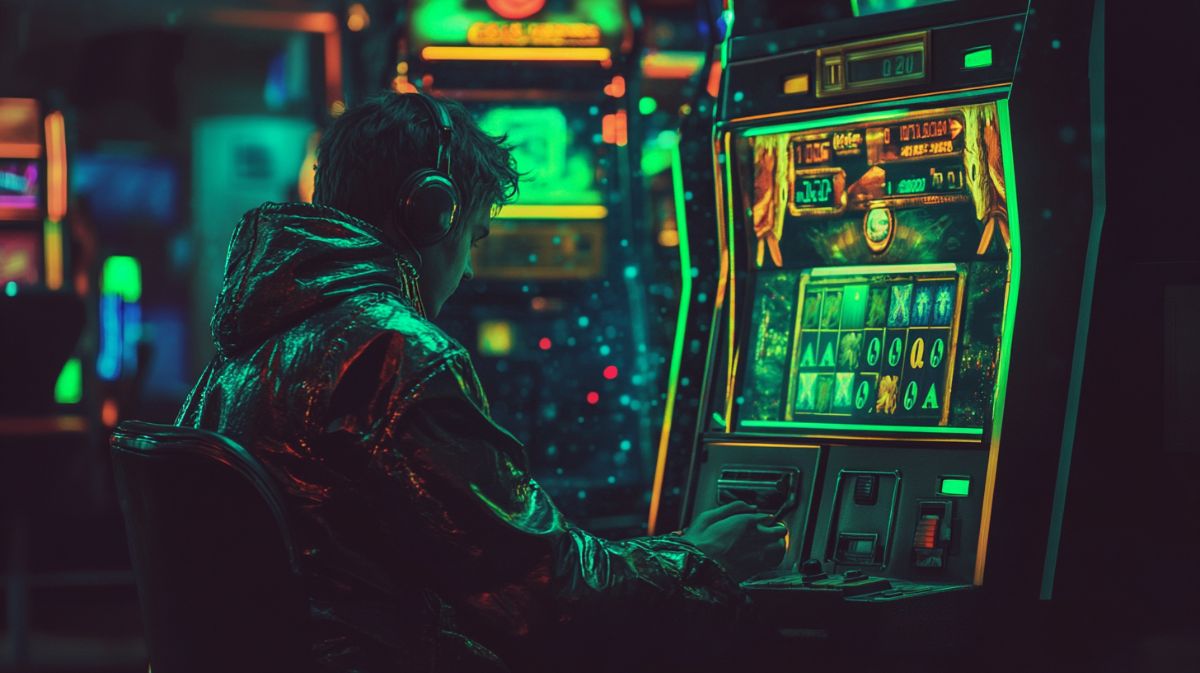Silent Hill Games in Order (1999-2024); Both By Release and Story Timeline
The Silent Hill series has been one of the most talked-about horror games in history. Beginning way back in 1999, Konami took players into a creepy town filled with fog, monsters and unsettling silence. The storylines often twist and change from one game to the next, leaving you sometimes confused but mostly intrigued. It’s got cult rituals, personal guilt manifesting as grotesque creatures, and a recurring theme around a girl named Alessa. Some entries focus more on puzzles, while others push for action or psychological profiling – it can feel inconsistent at times, but that adds to the charm. Below, you’ll find all Silent Hill games in order, both by release date and story progression.
- 1. All Silent Hill Games in Order of Release
- Mainline Silent Hill Series
- Other Silent Hill Entries (Spin-offs, Remakes, Mobile, and Other Media):
- Upcoming Silent Hill Titles
- 2. Is the Order Different as per Narrative Chronology?
- 3. Silent Hill Games in Chronological Order
- 1. Silent Hill: Origins (1976)
- 2. Silent Hill (1999)
- 3. Silent Hill 2 (2001)
- 4. Silent Hill 3 (2003)
- 5. Silent Hill 4: The Room (2004)
- 6. Silent Hill: Homecoming (2008)
- 7. Silent Hill: Shattered Memories (2009)
- 8. Silent Hill: Downpour (2011)
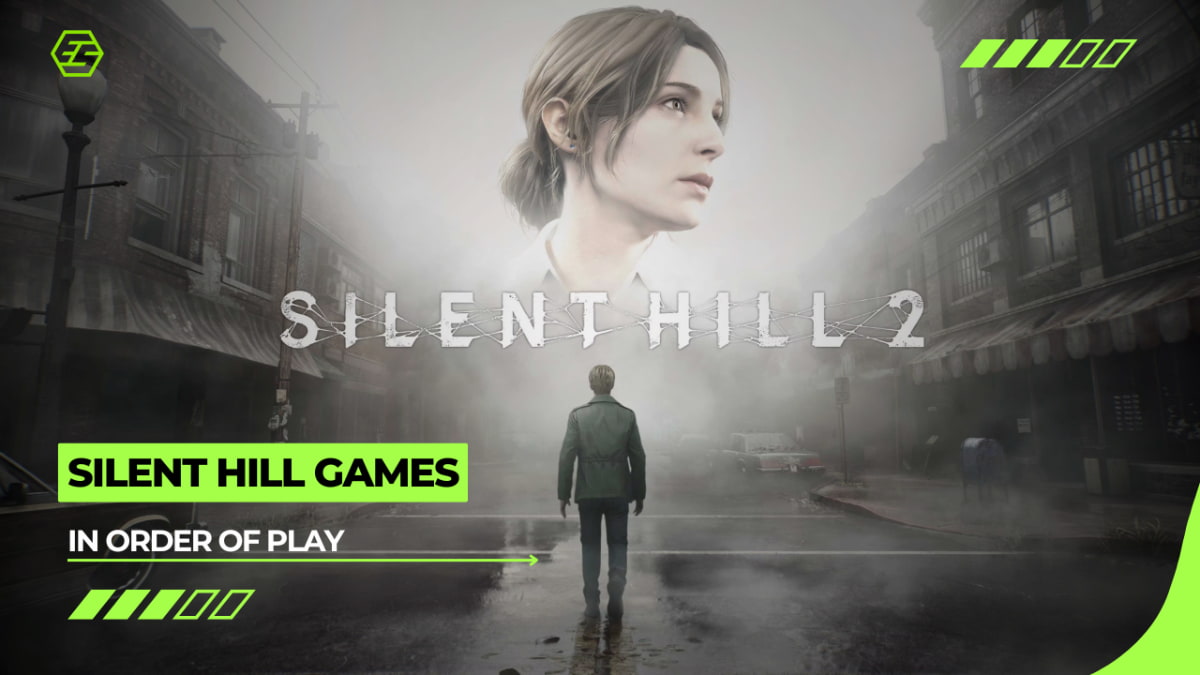
All Silent Hill Games in Order of Release
Mainline Silent Hill Series
- Silent Hill (PlayStation, 1999)
- Silent Hill 2 (PlayStation 2, 2001)
- Silent Hill 3 (PlayStation 2, 2003)
- Silent Hill 4: The Room (PlayStation 2, 2004)
- Silent Hill: Origins (PS Portable, 2007; PS2 port, 2008)
- Silent Hill: Homecoming (PS3/Xbox 360, 2008)
- Silent Hill: Shattered Memories (Wii/PS2/PSP, 2009)
- Silent Hill: Downpour (PS3/Xbox 360, 2012)
- Silent Hill 2 Remake (PlayStation 5, PC, 2024)
Other Silent Hill Entries (Spin-offs, Remakes, Mobile, and Other Media):
- Silent Hill: Play Novel (Game Boy Advance, 2001) – A visual novel game adaptation of the first game.
- Silent Hill (Mobile Game) (Mobile, 2006) – An original mobile game.
- Silent Hill: The Arcade (Arcade, 2007) – A rail shooter arcade game.
- Silent Hill: Orphan (Mobile, 2007) – A mobile adventure game.
- Silent Hill: The Escape (iOS, 2007) – A 3D first-person shooter for mobile devices.
- Silent Hill: Orphan 2 (Mobile, 2008) – The sequel to Silent Hill: Orphan.
- Silent Hill: Orphan 3 (Mobile, 2010) – The final instalment in the Orphan mobile trilogy.
- Silent Hill: Book of Memories (PlayStation Vita, 2012) – A dungeon crawler spin-off.
- Silent Hill: The Short Message (PlayStation 5, 2024) – A free-to-play short horror experience.
- Silent Hill 2 Remake (PlayStation 5, PC, 2024) – A full remake of Silent Hill 2.
Upcoming Silent Hill Titles
- Silent Hill f (Platforms TBD, Release Date TBD) – A new main entry in the series.
- Silent Hill: Townfall (Platforms TBD, Release Date TBD) – Another new game in the franchise.
Is the Order Different as per Narrative Chronology?
The release order shows how the series evolved technically and mechanically, but storywise, the events don’t match that flow. If you want to follow the “true” chronology of what happens in the town, you start with a game that was actually released later: Origins comes first (set in 1976); it sets up the dark backstory of Alessa Gillespie and the cult. Then you jump forward to the original Silent Hill in 1999, which introduces Harry Mason’s desperate search for his daughter.
After that comes Silent Hill 2 (2001), then Silent Hill 3 (2003), Silent Hill 4: The Room (2004), moving next to Homecoming (2008), and finally Downpour (2011). Shattered Memories is an odd one – a reimagining of the first game, but its events don’t necessarily slot neatly; you can play it anytime after hitting the original. If you want the fullest narrative experience, you go by timeline, but you will miss out on some gameplay innovations if you don’t follow release order.
Silent Hill Games in Chronological Order
1. Silent Hill: Origins (1976)
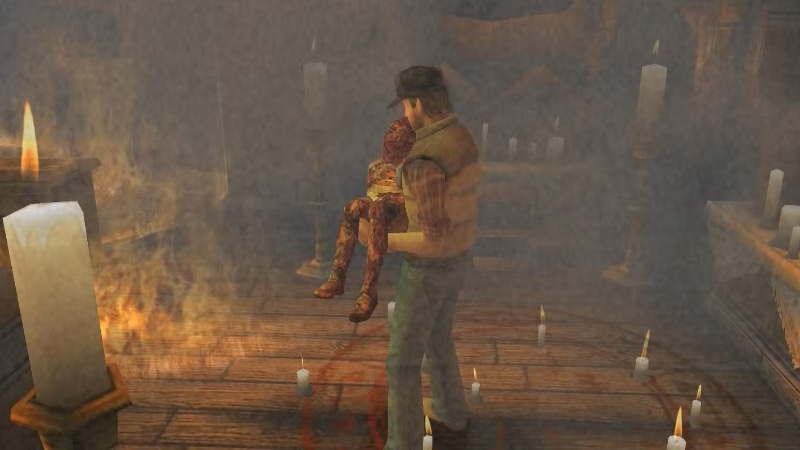
Image Credits: Konami
Travis Grady, a trucker, drifts into Silent Hill after he rescues a little girl from a fire years earlier. This game attempts to explain what happened to Alessa Gillespie when she was a child, showing the cult’s gruesome experiments. It’s more action-oriented than later titles, though it still hangs onto the series’ trademark puzzles and eerie fog. The music by Akira Yamaoka feels both familiar and fresh, bringing back themes from the original but also adding new layers. It isn’t perfect; some camera angles can feel janky, and the controls may feel weird, but that’s nothing that drastically impacts gameplay.
2. Silent Hill (1999)
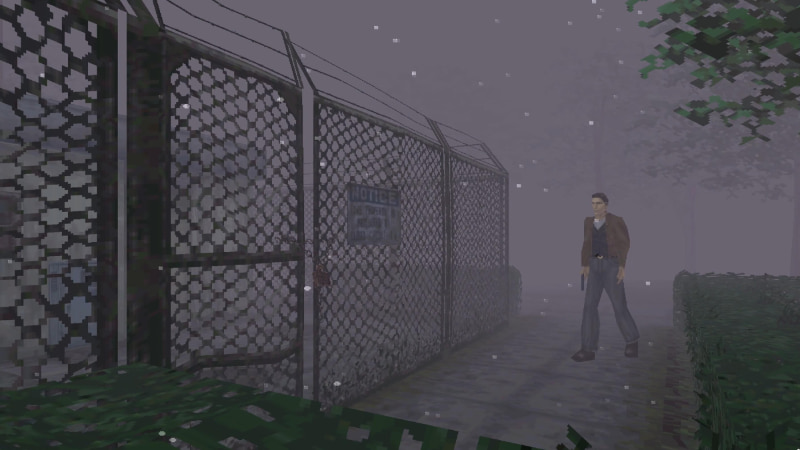
Image Credits: Konami
Journalist Harry Mason goes looking for his adopted daughter, Cheryl, after a car crash near the town. You explore fog-drenched streets and twisted versions of reality called the “Other World.” Combat is basic, puzzles can be frustrating, and camera angles sometimes hide enemies, but it sets a bar for atmosphere that few games can match. The radio static, warning you of nearby creatures, still gives goosebumps. Despite the technical limits of the PS1, it nails the creeping dread better than most modern titles.
3. Silent Hill 2 (2001)
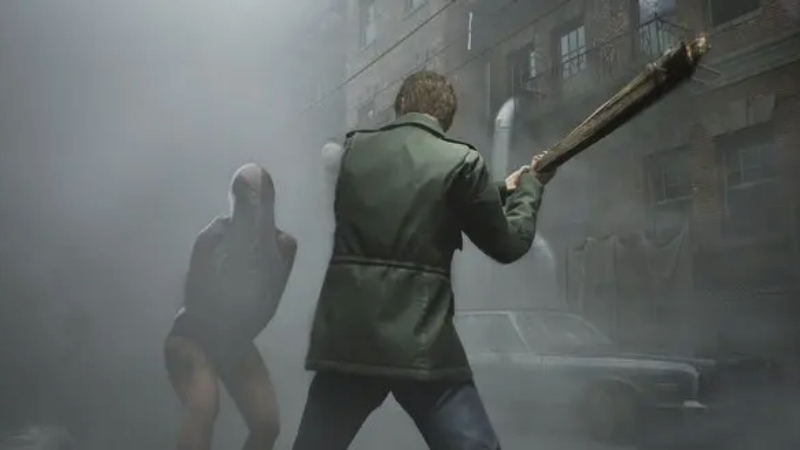
Image Credits: Konami
James Sunderland arrives in town after getting a letter from his dead wife. Unlike the first game’s cult storyline, this delves into guilt and grief. Pyramid Head, that nasty executioner monster, embodies James’s internal torment. Combat feels tighter on PS2, and there’s expanded storytelling with multiple endings tied to your actions. The bonus scenario “Born from a Wish” even adds backstory to the secondary characters. Many consider this the pinnacle of the series, which has a perfect balance of story, gameplay, and visuals.
4. Silent Hill 3 (2003)
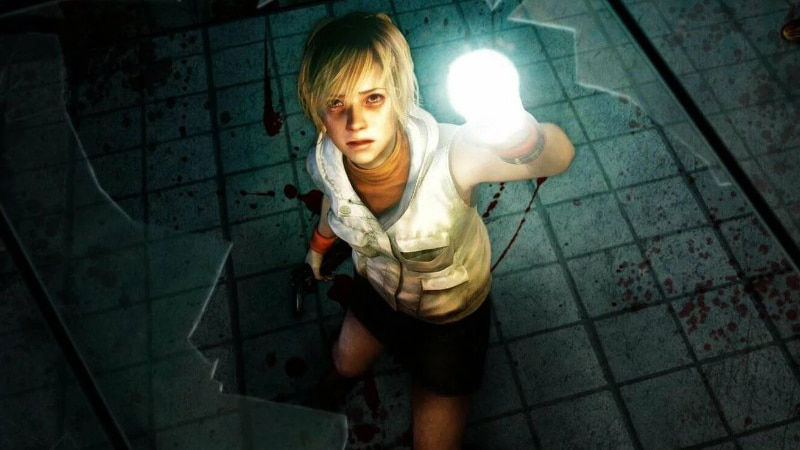
Image Credits: Konami
Heather Mason, who you might recognise as Harry’s daughter, grown up, has a strange encounter at a carnival. Then she’s dragged back to the town to face the cult again. It ties directly to the first game, like a direct sequel, but also deepens the mythology around Alessa and her dark powers. Graphics are more polished, combat is a bit more fluid, and the puzzles have more variety. At times, it shifts between eerie and outright terrifying, though some find the plot a bit overstuffed.
5. Silent Hill 4: The Room (2004)
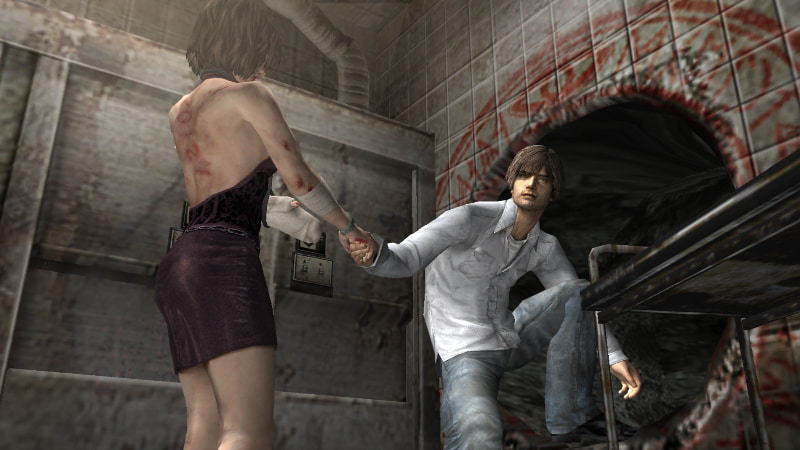
Image Credits: Konami
Henry Townshend wakes up trapped in his apartment, Room 302, with no clear exit. Suddenly, holes appear in his walls, leading to other twisted realms. Here, the horror comes from confinement. There are no foggy streets, just narrow corridors and portals that feel claustrophobic. You carry fewer items, and there’s a “Buddy” system where you get a momentary safe zone in your room. Some fans disliked the departure from town exploration, but we have to give credit to the developer for trying something new.
6. Silent Hill: Homecoming (2008)
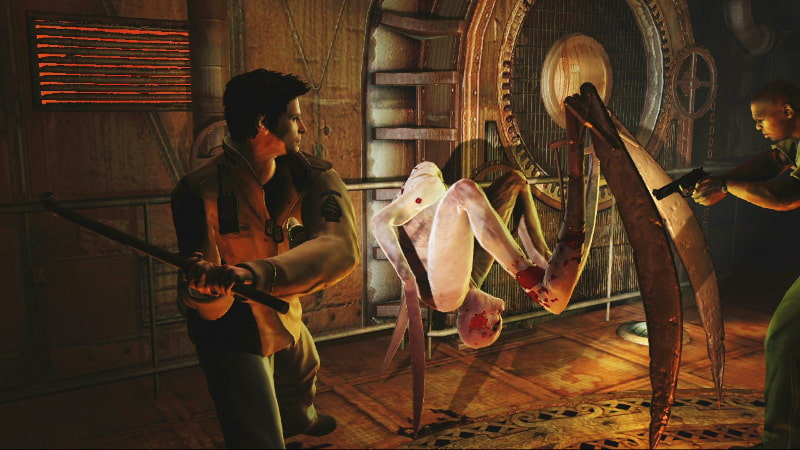
Image Credits: Konami
Alex Shepherd returns to Shepherd’s Glen to find his brother missing and the townsfolk turned cultists. It introduces more melee combat and quick-time events, aiming for a modern horror feel. The story tackles family abuse and sacrifice, featuring darker themes than before. Unfortunately, the game suffers from inconsistent pacing and occasional technical hiccups. It’s ambitious, though reviews were mixed; still, for some, it’s a hidden gem with a compelling twist at the end.
7. Silent Hill: Shattered Memories (2009)
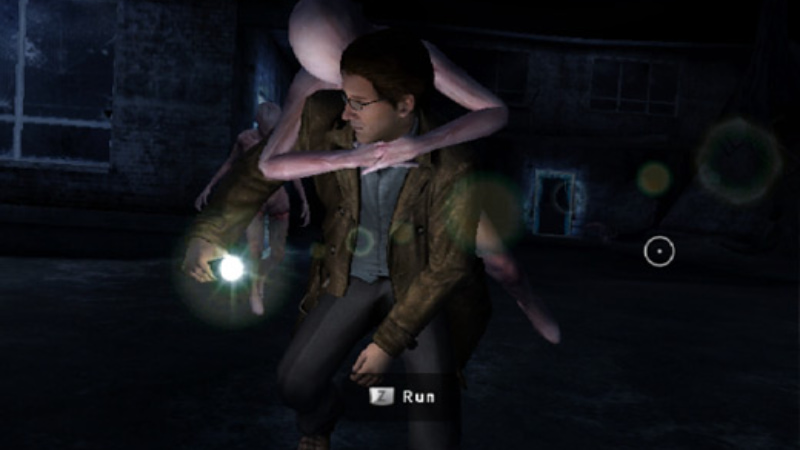
Image Credits: Konami
A retelling of the first game: Harry’s in town looking for Cheryl, but there’s no combat. Instead, you run from monsters, solve puzzles and have therapy sessions that shape the world around you. Your phone calls to loved ones, your answers in therapy – everything impacts character models, monster designs, and even dialogue. It’s less a “true” sequel and more an experiment in psychological profiling. Fans are split; some love its innovation, others miss the classic gameplay.
8. Silent Hill: Downpour (2011)
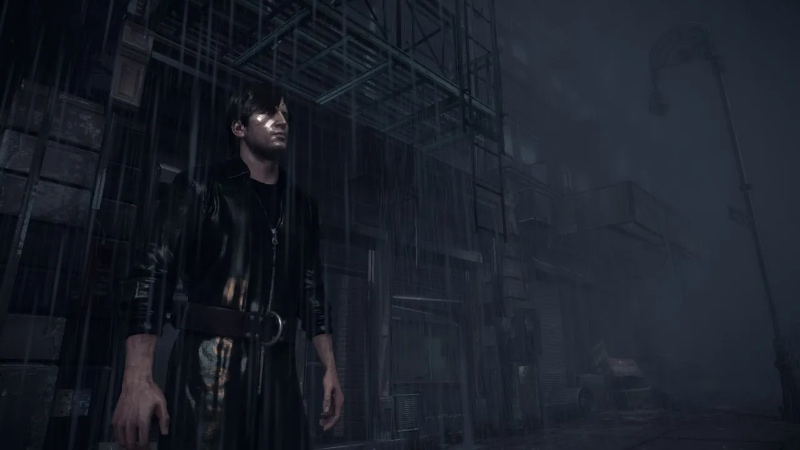
Image Credits: Konami
Prisoner Murphy Pendleton crashes near Silent Hill during a storm on his way to a new facility. He’s shoved into the town’s horrors because of past sins. Downpour pushes open-ended exploration, including side missions, optional areas, and weapon durability so you can’t just hack through every enemy. The story covers redemption themes but it can feel slow at times, and performance issues plagued its launch. Still, it wraps up major cult story arcs and offers a fresh perspective with its rain-soaked environments.
Whether you experience Silent Hill games in release order or by timeline, the series remains an unforgettable journey through psychological terror. Play them all in chronological sequence to grasp the full Alessa saga, or stick with release order to witness the series’ mechanical and graphical evolution. Either way, Silent Hill’s oppressive atmosphere and haunting narratives will stay with you long after you’re done gaming for the night.
